The pupils will choose an experiment to share with their partners. They will explain and make it and upload the results here.
DIMOTIKO SCHOLEIO AGIAS NAPAS
The 5th-grade students worked collaboratively in small groups to organize, perform and present their experiment about the water and the air! They really enjoyed it! Here are some examples of our work:
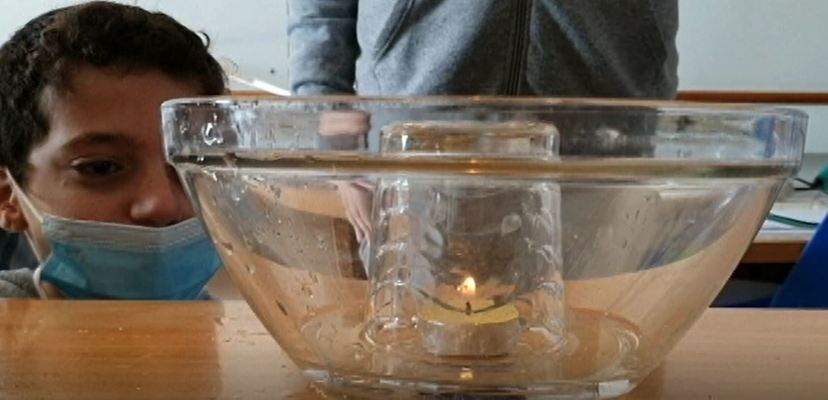 see the video here
see the video here
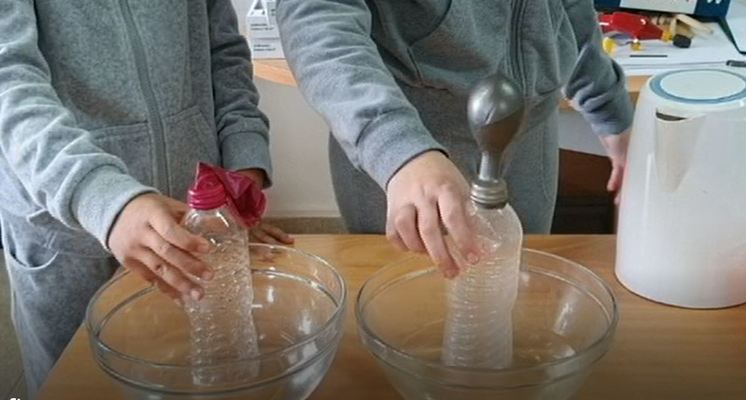 see the video here
see the video here
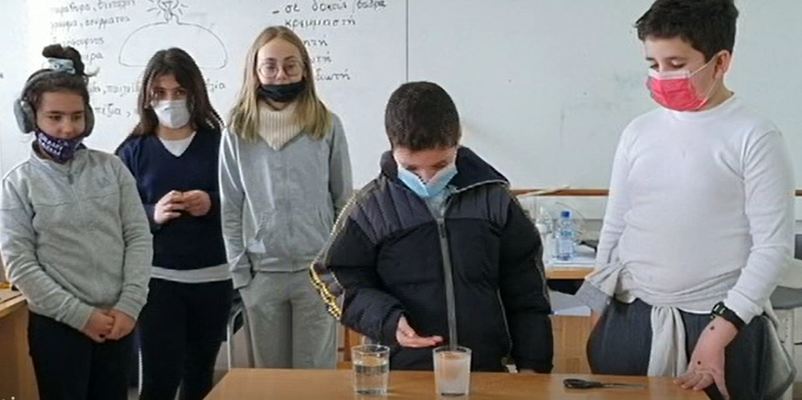 see the video here
see the video here
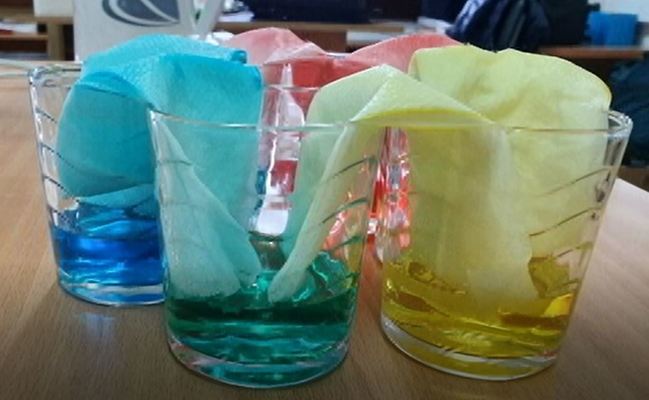 see the video here
see the video here
Școala Gimnazială Nr. 9 „Nicolae Orghidan” Brașov, Romania
Inflate ballons with baking soda and vinegar
How you do it:
Use a funnel to add 1/3 cup baking soda to the inside of a balloon.
Fill a plastic bottle with approximately 1 cup vinegar.
Attach the balloon to the mouth of the plastic bottle, then lift the balloon upright so the baking soda falls and causes the reaction.
The science behind it:
So how does it work? The vinegar and the baking soda mix together to make an acid-base reaction. The reaction creates carbon dioxide gas that bubbles up from the mixture. The gas expands up and out of the bottle and inflates the balloon.
Another cool thing about these balloons is that carbon dioxide is heavier than air, so when you drop the balloon, you’ll notice that it falls to the ground faster than a regular balloon filled with air! (So no, these balloons definitely don’t float!)
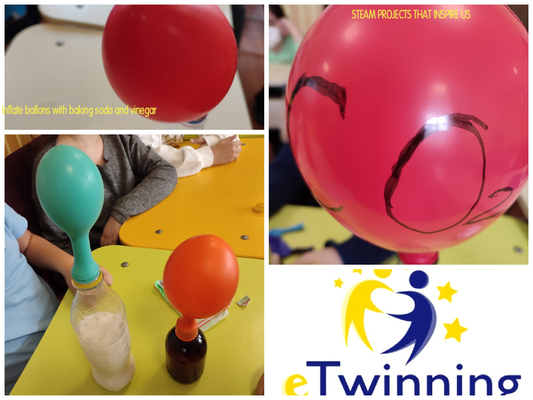
CEIP BENYAMINA
Studentes where studying about the respiratory system and this was the final project they did.
https://vimeo.com/642348962
Primary School of Eleousa
Theodora Ntanou
2nd Grade
Rain Cloud in a Jar Science Experiment
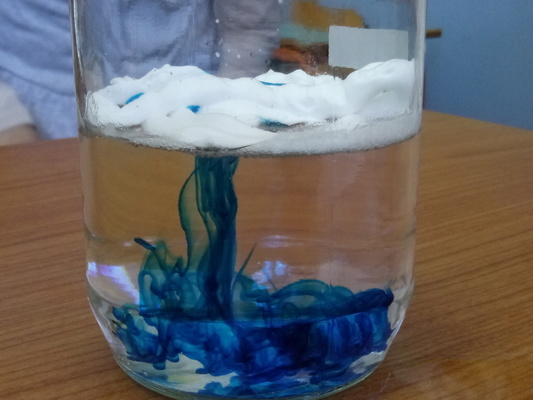
- A large jar
- Shaving cream
- Gel Food coloring
- Water